Van Halen
Buy Van Halen’s Debut Album Van Halen‘s debut album is a pedal-to-the-metal hard rocker with a distinct approach that thundered onto the scene in early 1978. This self-titled album continues to rank among the […]

Buy Van Halen’s Debut Album Van Halen‘s debut album is a pedal-to-the-metal hard rocker with a distinct approach that thundered onto the scene in early 1978. This self-titled album continues to rank among the […]
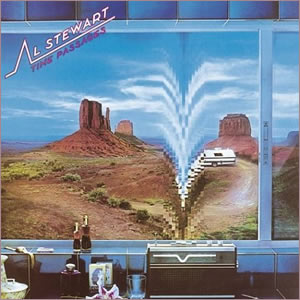
Buy Time Passages Time Passages was the third of Al Stewart‘s popular late seventies albums, following Modern Times in 1975 and Year of the Cat in 1976. While all three of these albums […]
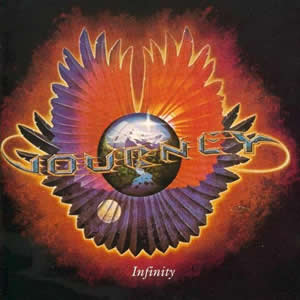
Buy Infinity The classic lineup of Journey came together for the album Infinity, released in 1978. Although this was the fourth overall album for the group that had been together since 1973, it […]
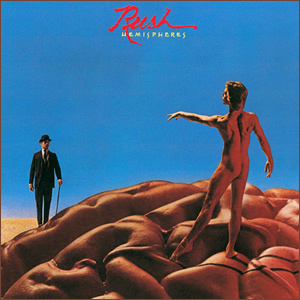
Buy Hemispheres Hemispheres, the sixth studio album by Rush, was the second straight album recorded in the United Kingdom. It also contained the second half of a multi-album concept called “Cygnus X-1”, which […]
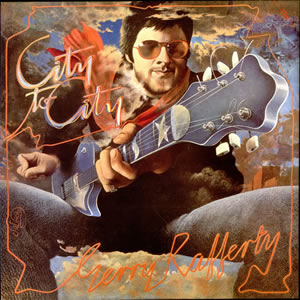
Buy City to City Gerry Rafferty was an artist who really didn’t like fame all that much. In fact, he once walked out on his former band, Stealers Wheel, shortly after they topped […]
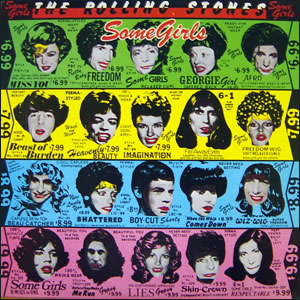
Buy Some Girls Some Girls was a major commercial and critical success for the Rolling Stones in 1978. Here, the classic British rock group incorporated the new genres of disco, punk, along with […]
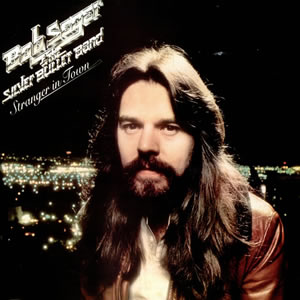
Buy Stranger in Town Bob Seger released his tenth overall album, Stranger In Town, in 1978. It follows the major commercial breakthrough of Night Moves, and expands the practice of using two groups […]